Home>Maintenance & Safety>Safety Equipment & Products>How To Childproof A Cooktop
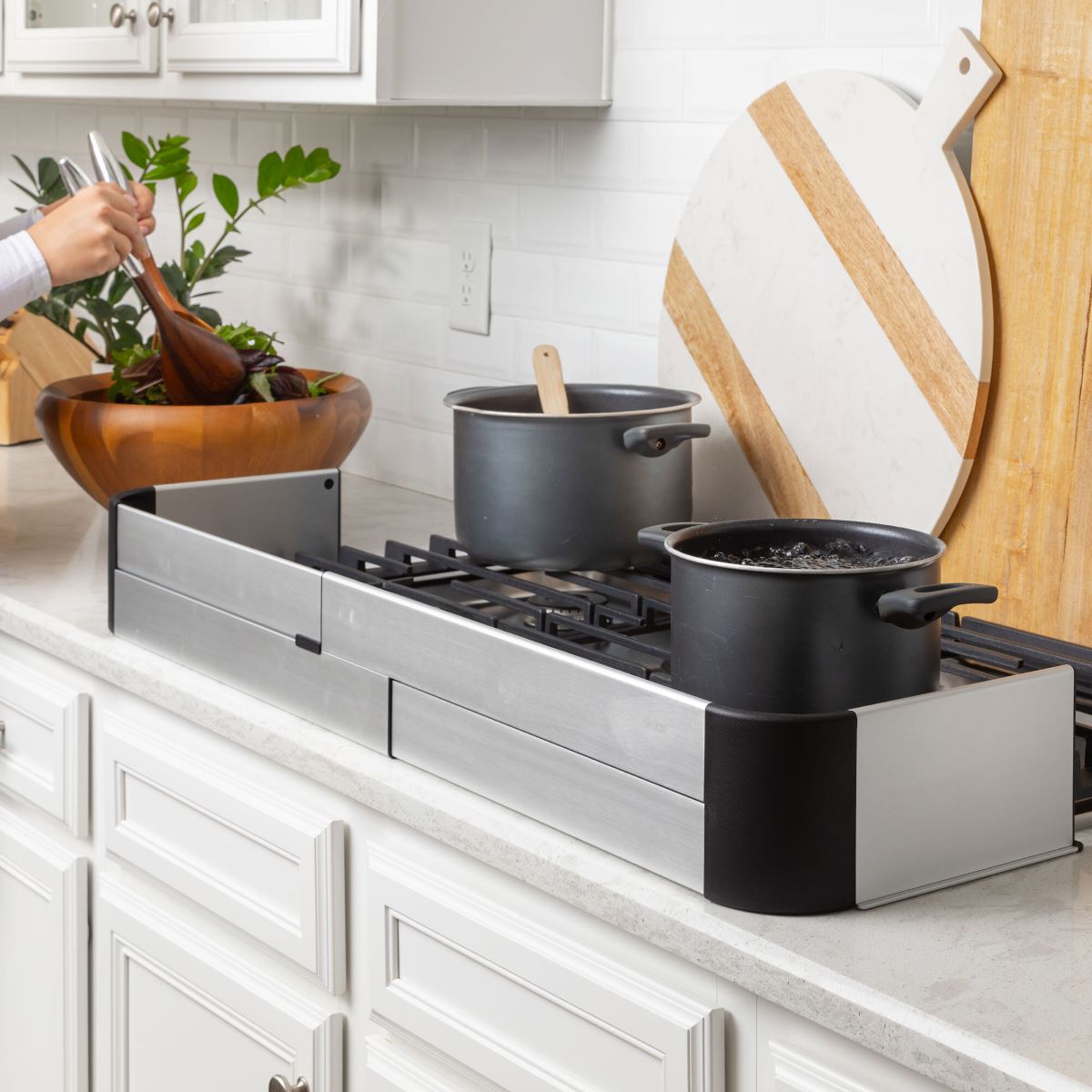

Safety Equipment & Products
How To Childproof A Cooktop
Published: January 5, 2024
Learn how to childproof your cooktop with the best safety equipment and products. Keep your kitchen safe for kids with our expert tips and recommendations. Protect your little ones today!
(Many of the links in this article redirect to a specific reviewed product. Your purchase of these products through affiliate links helps to generate commission for Storables.com, at no extra cost. Learn more)
Introduction
Child safety is a top priority for any parent or guardian. The kitchen, with its array of potential hazards, requires special attention to ensure a child-friendly environment. Among the various kitchen appliances, the cooktop stands out as a potential danger zone for young children. Its combination of heat, open flames, and accessible controls makes it crucial to implement effective childproofing measures. In this comprehensive guide, we will explore the various strategies and products that can be utilized to childproof a cooktop, ensuring a secure and worry-free kitchen environment for families.
When it comes to childproofing a cooktop, it's essential to approach the task with a combination of vigilance and practicality. By understanding the risks associated with an unsecured cooktop and implementing the right safety measures, parents can significantly reduce the likelihood of accidents and injuries. Whether it's preventing burns from hot surfaces or minimizing the risk of accidental fires, the steps outlined in this guide will empower caregivers to create a safer cooking space without compromising on convenience or functionality.
From assessing the potential risks to installing safety devices and promoting safe cooking habits, each aspect of childproofing a cooktop plays a vital role in safeguarding young children. By incorporating these strategies into daily routines, families can enjoy peace of mind while nurturing a secure and nurturing home environment. Let's delve into the details of childproofing a cooktop to ensure that every family can confidently navigate the kitchen with their little ones.
Key Takeaways:
- Childproofing a cooktop involves installing safety devices like stove knob covers and appliance locks to keep children safe from burns and fires.
- Promoting safe cooking habits, such as supervision and turning pot handles inwards, further enhances the kitchen’s safety for families with young children.
Assessing the Risks
Before implementing childproofing measures for a cooktop, it’s crucial to understand the potential risks that it poses to young children. The cooktop presents multiple hazards, including burns from hot surfaces, the risk of fire due to accidental ignition, and the danger of children tampering with the controls. By comprehensively assessing these risks, caregivers can tailor their safety approach to effectively mitigate these potential dangers.
Hot Surfaces: The cooktop’s surfaces can reach high temperatures during and after cooking. Children may inadvertently touch these hot surfaces, leading to painful burns. Additionally, pots and pans containing hot liquids or foods pose a burn risk if accidentally pulled down by a child.
Fire Hazards: The cooktop’s open flames and heating elements present a fire hazard if left unattended or if flammable items come into contact with them. Children may also inadvertently turn on the cooktop, leading to a potential fire hazard if combustible materials are nearby.
Control Access: Children are naturally curious and may be drawn to the cooktop’s controls. Accidental activation of the cooktop can lead to burns or fire hazards, making it essential to prevent unauthorized access to the controls.
By recognizing these risks, caregivers can proactively address each concern when childproofing the cooktop. Implementing targeted safety measures will help create a secure environment, minimizing the likelihood of accidents and injuries. The next step involves installing safety devices to effectively mitigate these identified risks.
Installing Safety Devices
Childproofing a cooktop involves the strategic installation of safety devices designed to mitigate potential hazards and create a secure environment for young children. By implementing these devices, caregivers can significantly reduce the risk of accidents and injuries in the kitchen. Let’s explore some essential safety devices and their role in childproofing a cooktop:
- Stove Knob Covers: These covers are designed to fit over the cooktop’s control knobs, preventing children from turning the stove on or adjusting the settings. They provide a physical barrier that deters unauthorized access to the cooktop’s controls, minimizing the risk of accidental activation.
- Childproof Locks: Installing childproof locks on cabinet doors and drawers near the cooktop is crucial for storing potentially hazardous items such as matches, lighters, and flammable liquids out of children’s reach. These locks help prevent children from accessing dangerous items that could pose a fire hazard.
- Heat-Resistant Barriers: Placing heat-resistant barriers around the perimeter of the cooktop can create a physical boundary, preventing children from reaching the hot surfaces. These barriers act as a protective buffer, reducing the risk of accidental burns caused by direct contact with the cooktop.
- Appliance Locks: Securing the oven door with an appliance lock prevents children from opening a hot oven and coming into contact with scalding surfaces or hot cookware. This additional layer of protection helps minimize the risk of burns and other oven-related injuries.
- Anti-Tip Brackets: For freestanding ranges, installing anti-tip brackets is essential to prevent the appliance from tipping forward if a child climbs or hangs onto it. These brackets enhance the stability of the range, reducing the risk of potentially severe injuries caused by tipping or toppling appliances.
By strategically incorporating these safety devices into the kitchen environment, caregivers can create a childproof space that minimizes the inherent risks associated with a cooktop. These measures not only enhance the safety of the cooking area but also promote peace of mind for parents and guardians, knowing that their children are protected from potential kitchen hazards.
Install stove knob covers to prevent children from accidentally turning on the cooktop. These covers can be easily removed by adults when needed.
Creating Safe Cooking Habits
Childproofing a cooktop extends beyond the installation of safety devices; it also involves promoting and practicing safe cooking habits within the household. By instilling these habits, caregivers can further enhance the overall safety of the kitchen environment and reduce the likelihood of accidents. Here are some essential safe cooking habits to incorporate into daily routines:
- Supervision: Always ensure that a responsible adult is present in the kitchen when cooking. Supervision is crucial for preventing children from accessing the cooktop or coming into contact with hot surfaces or cookware.
- Cooking on Rear Burners: When using the cooktop, prioritize the use of rear burners for pots and pans. This practice helps keep hot cookware out of a child’s reach, reducing the risk of accidental burns or spills.
- Turn Pot Handles Inwards: When cooking on the stovetop, turn pot and pan handles inwards to prevent children from reaching up and accidentally pulling the hot cookware down onto themselves.
- Teach Kitchen Safety: Educate children about kitchen safety and the potential hazards associated with the cooktop. Establish clear boundaries and rules regarding the kitchen area to promote a safe and cautious approach to cooking spaces.
- Clean and Clear Surfaces: Keep the cooktop and its surrounding area clear of clutter, flammable materials, and any items that could pose a hazard. Regularly clean the cooktop to prevent the buildup of grease or food residues that could contribute to fire hazards.
By integrating these safe cooking habits into daily routines, caregivers can proactively minimize the risk of accidents and injuries associated with the cooktop. Consistent reinforcement of these practices fosters a culture of safety within the kitchen, promoting a secure and nurturing environment for children.
It’s important to note that while safety devices and habits play a crucial role in childproofing a cooktop, ongoing supervision and proactive measures are essential for maintaining a safe kitchen environment. By combining these strategies, caregivers can effectively mitigate potential risks and create a secure space where families can enjoy the pleasures of cooking without compromising on safety.
Conclusion
Childproofing a cooktop is a multifaceted endeavor that encompasses risk assessment, the strategic installation of safety devices, and the promotion of safe cooking habits. By addressing the potential hazards associated with the cooktop and implementing targeted safety measures, caregivers can create a secure and child-friendly kitchen environment. The combination of vigilance, practicality, and education plays a pivotal role in mitigating the risks and fostering a culture of safety within the household.
Through the installation of safety devices such as stove knob covers, childproof locks, heat-resistant barriers, appliance locks, and anti-tip brackets, caregivers can significantly reduce the likelihood of accidents and injuries. These devices provide physical barriers, restrict access to hazardous items, and enhance the overall stability and safety of the cooking area, offering peace of mind to parents and guardians.
Furthermore, the promotion of safe cooking habits, such as prioritizing supervision, using rear burners, turning pot handles inwards, teaching kitchen safety, and maintaining clean and clear surfaces, further reinforces the commitment to creating a secure kitchen environment. By instilling these habits into daily routines, caregivers can proactively minimize the risk of accidents and injuries associated with the cooktop, fostering a culture of caution and awareness.
Ultimately, the comprehensive approach to childproofing a cooktop not only mitigates potential risks but also nurtures a sense of security and well-being within the household. By integrating safety devices and promoting safe cooking practices, families can confidently navigate the kitchen space, knowing that their children are protected from potential hazards. This holistic approach to childproofing a cooktop underscores the importance of proactive measures, education, and the prioritization of safety within the home.
As caregivers continue to prioritize the safety of their children, the implementation of these childproofing strategies serves as a testament to their unwavering commitment to creating a nurturing and secure environment. By embracing these measures, families can savor the joys of cooking and bonding in the kitchen while safeguarding their most precious assets – their children.
Frequently Asked Questions about How To Childproof A Cooktop
Was this page helpful?
At Storables.com, we guarantee accurate and reliable information. Our content, validated by Expert Board Contributors, is crafted following stringent Editorial Policies. We're committed to providing you with well-researched, expert-backed insights for all your informational needs.


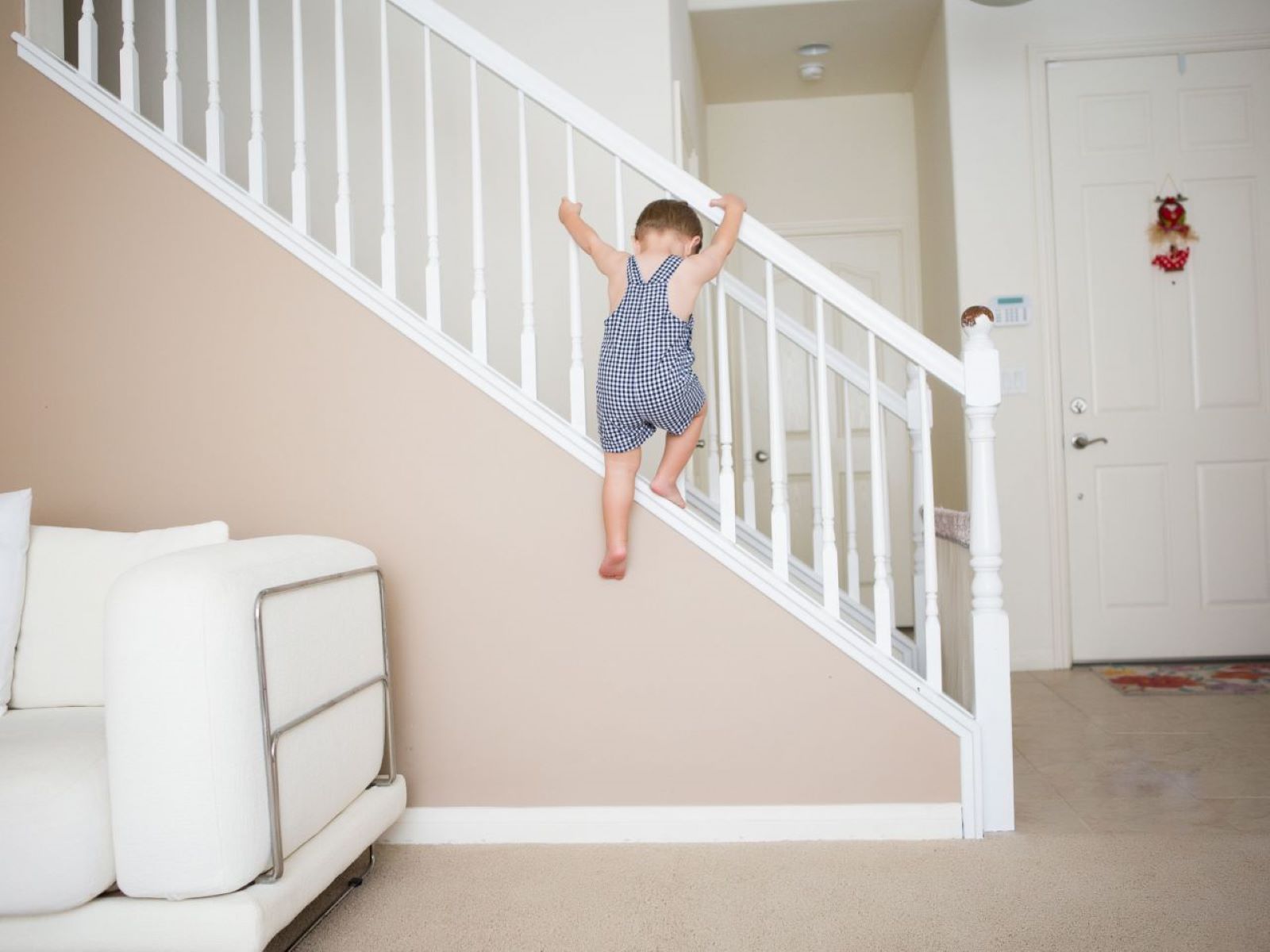
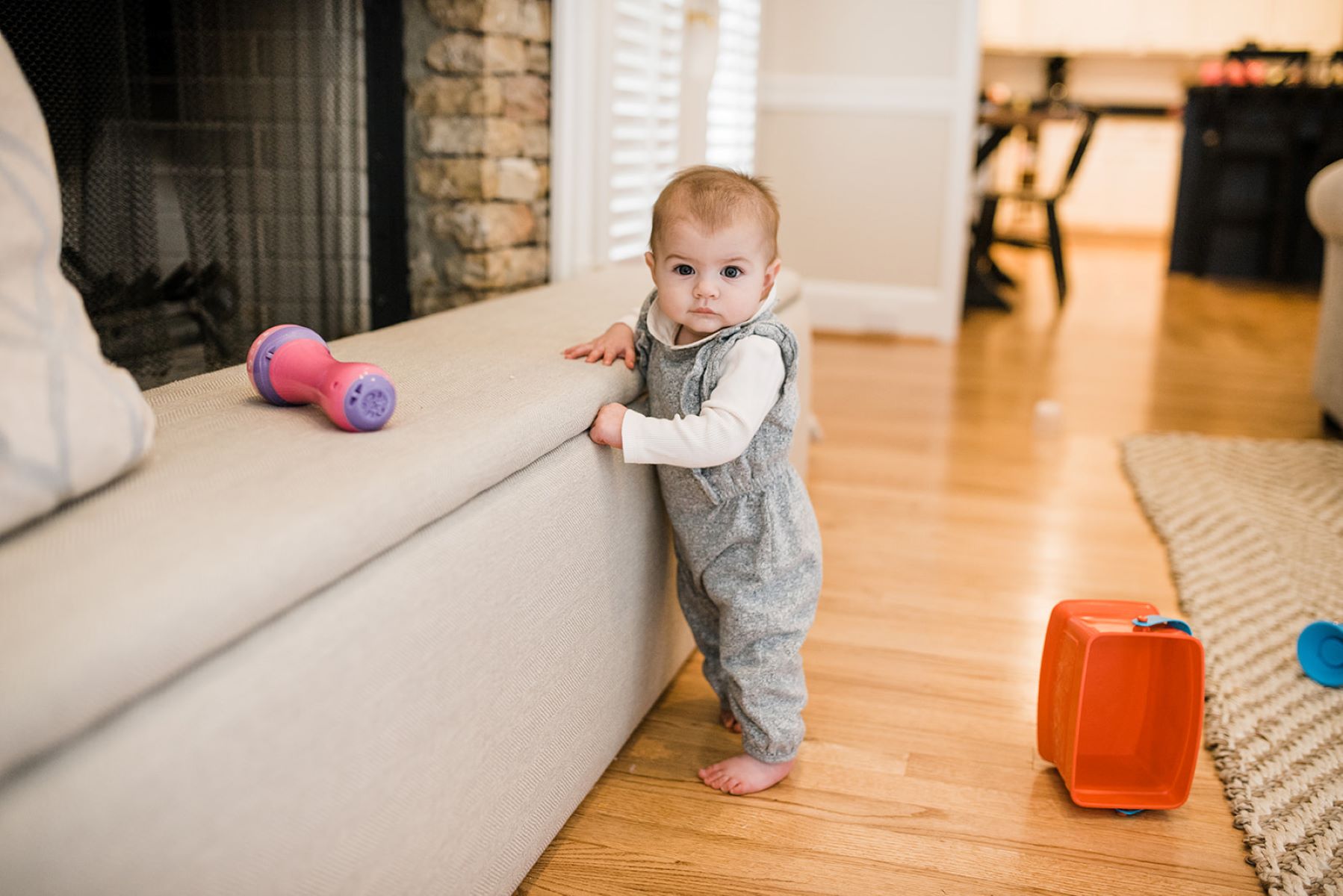
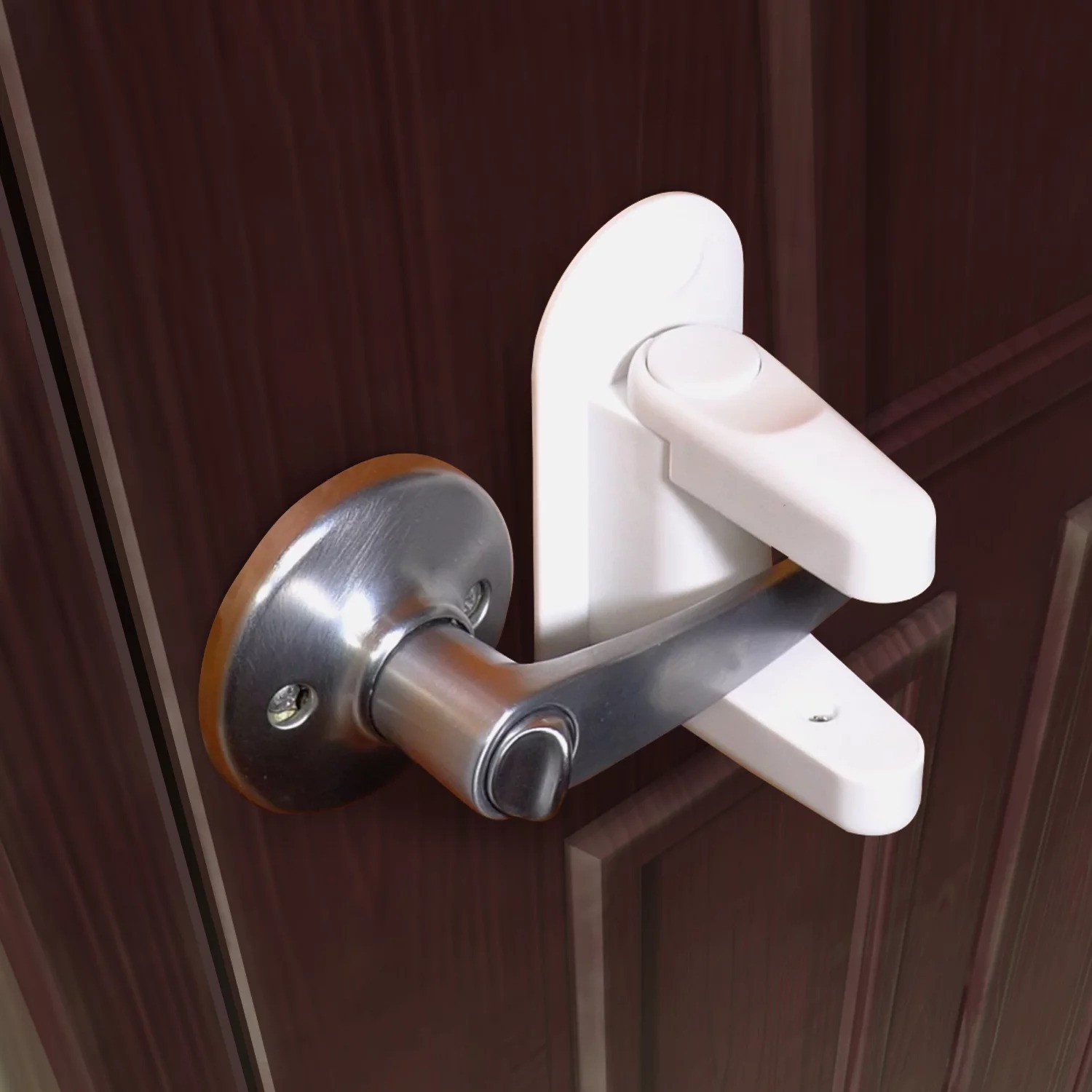
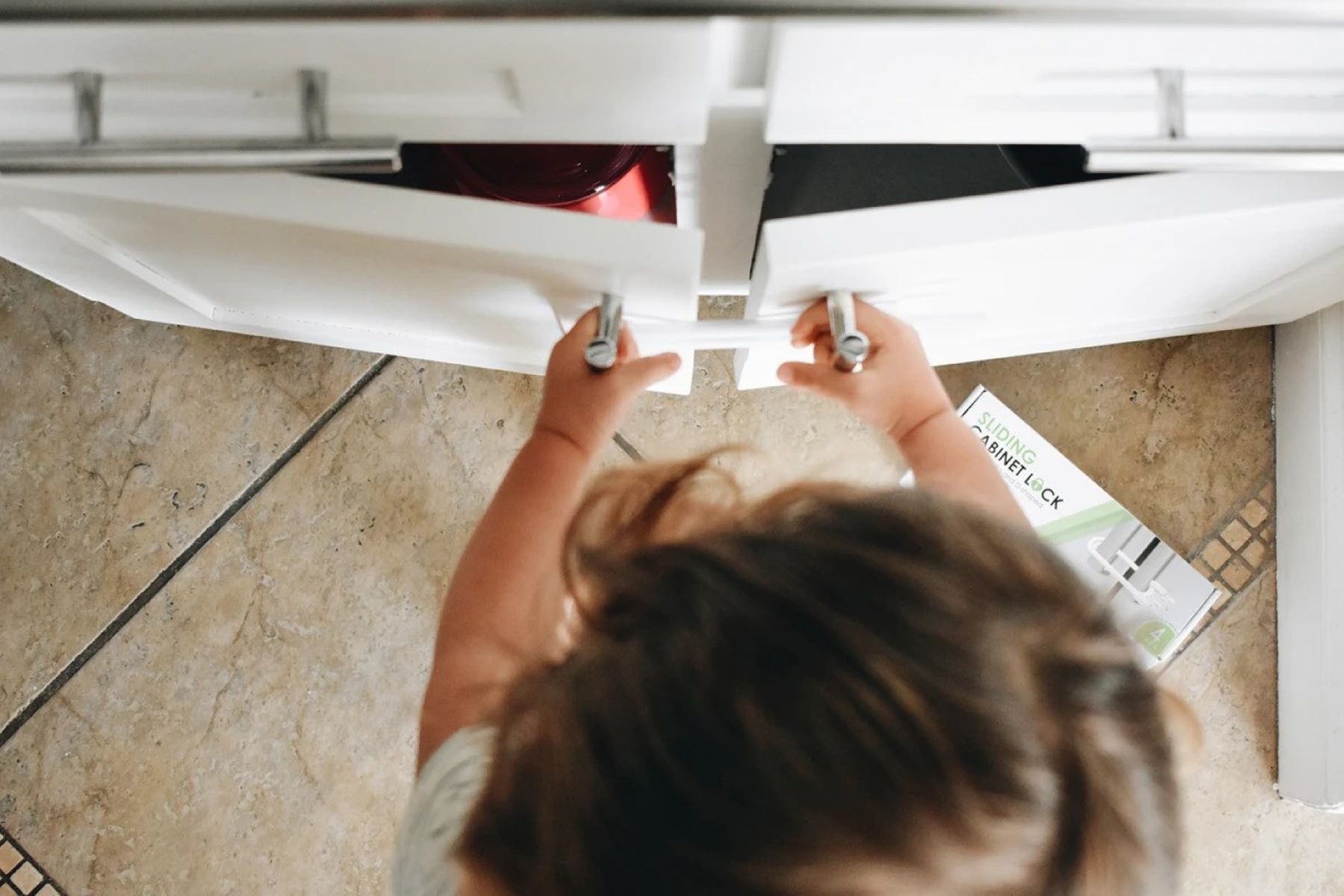

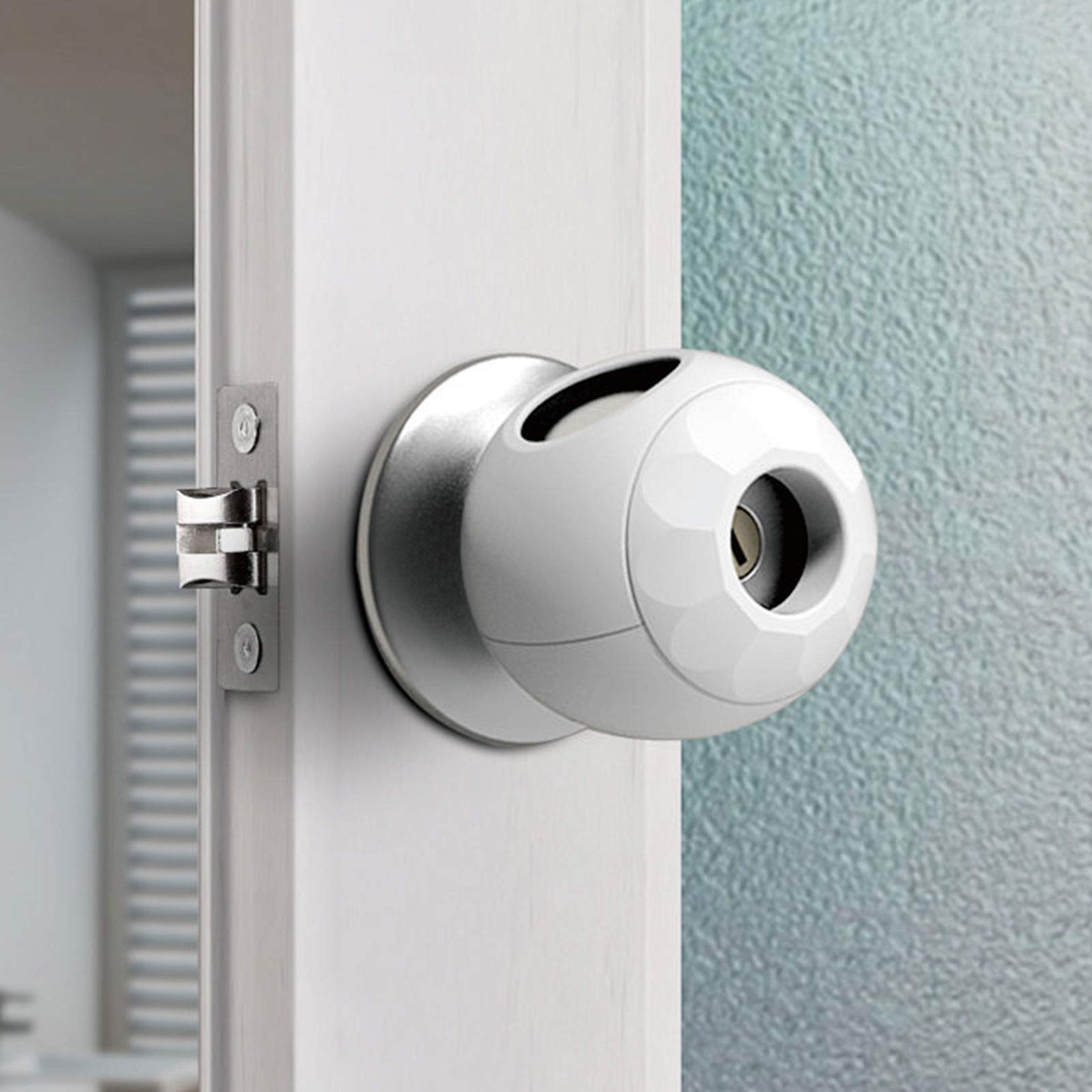
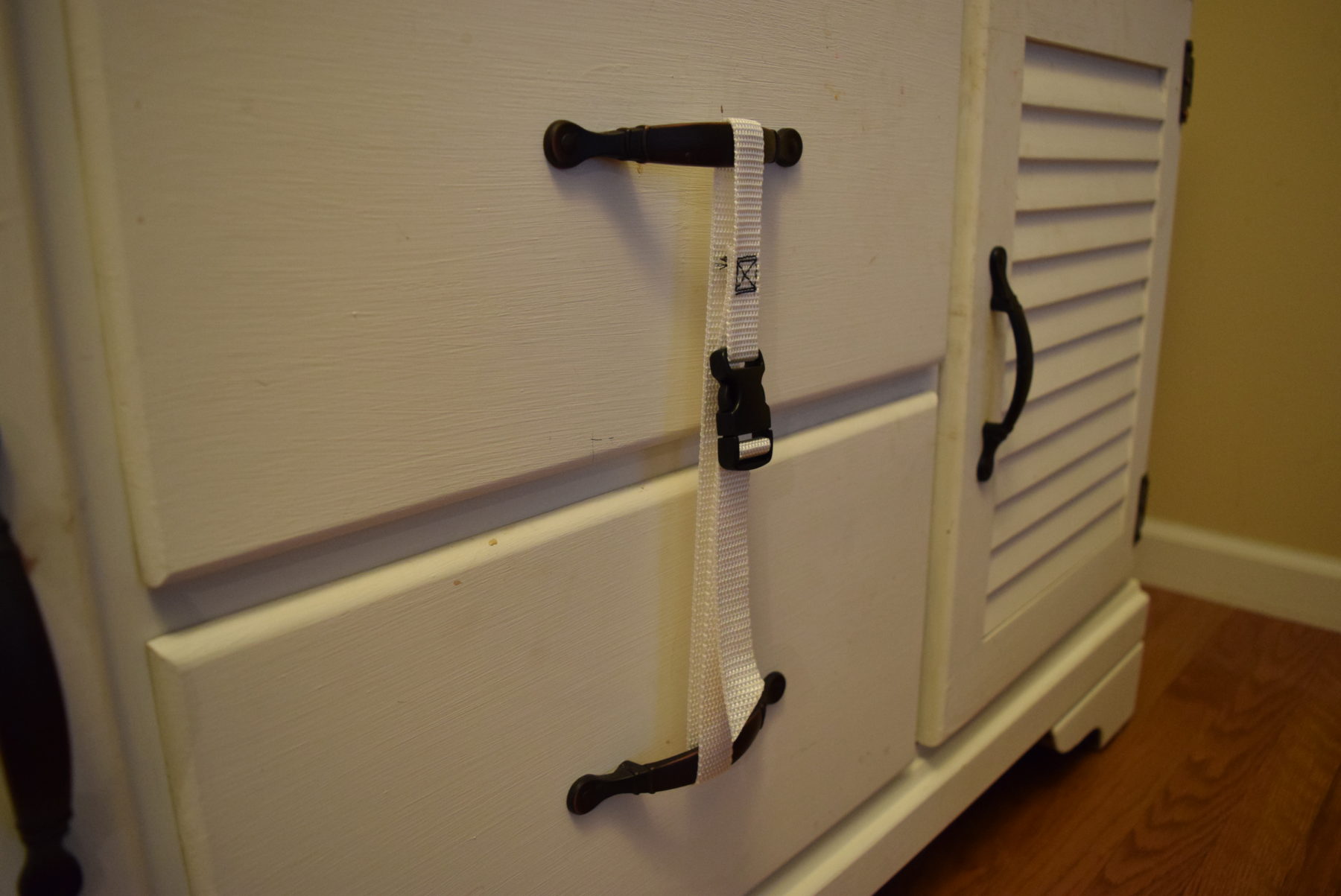
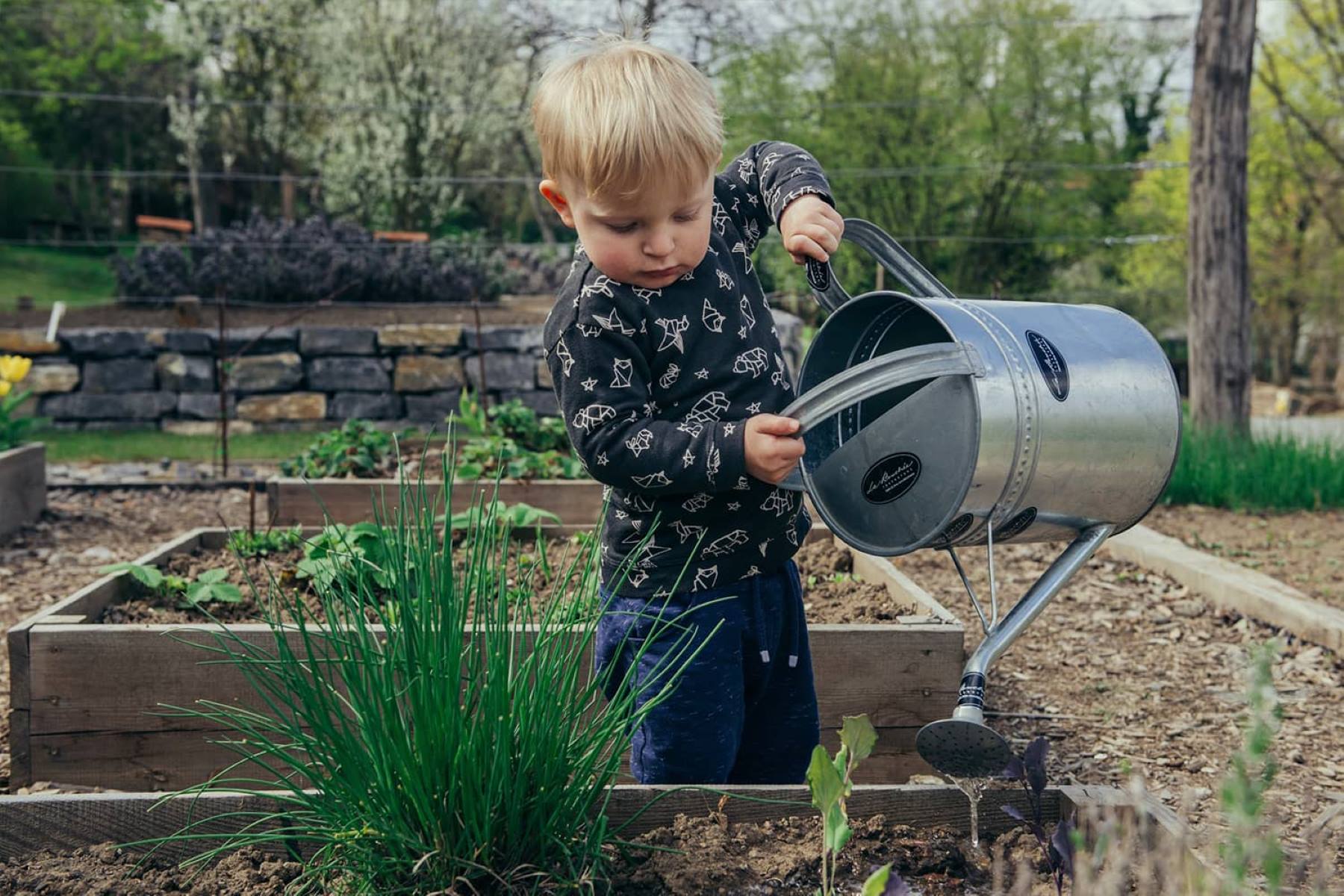
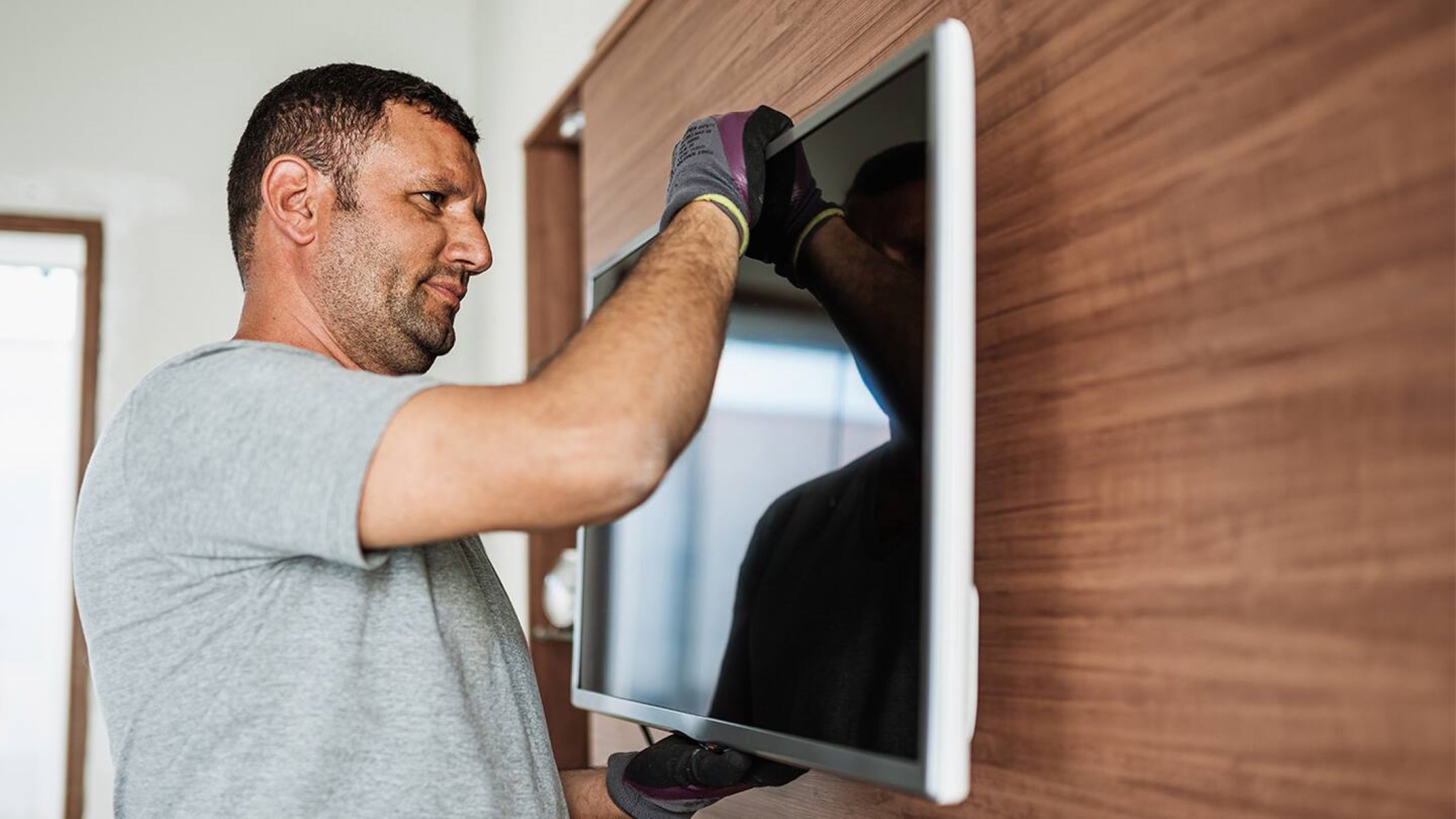
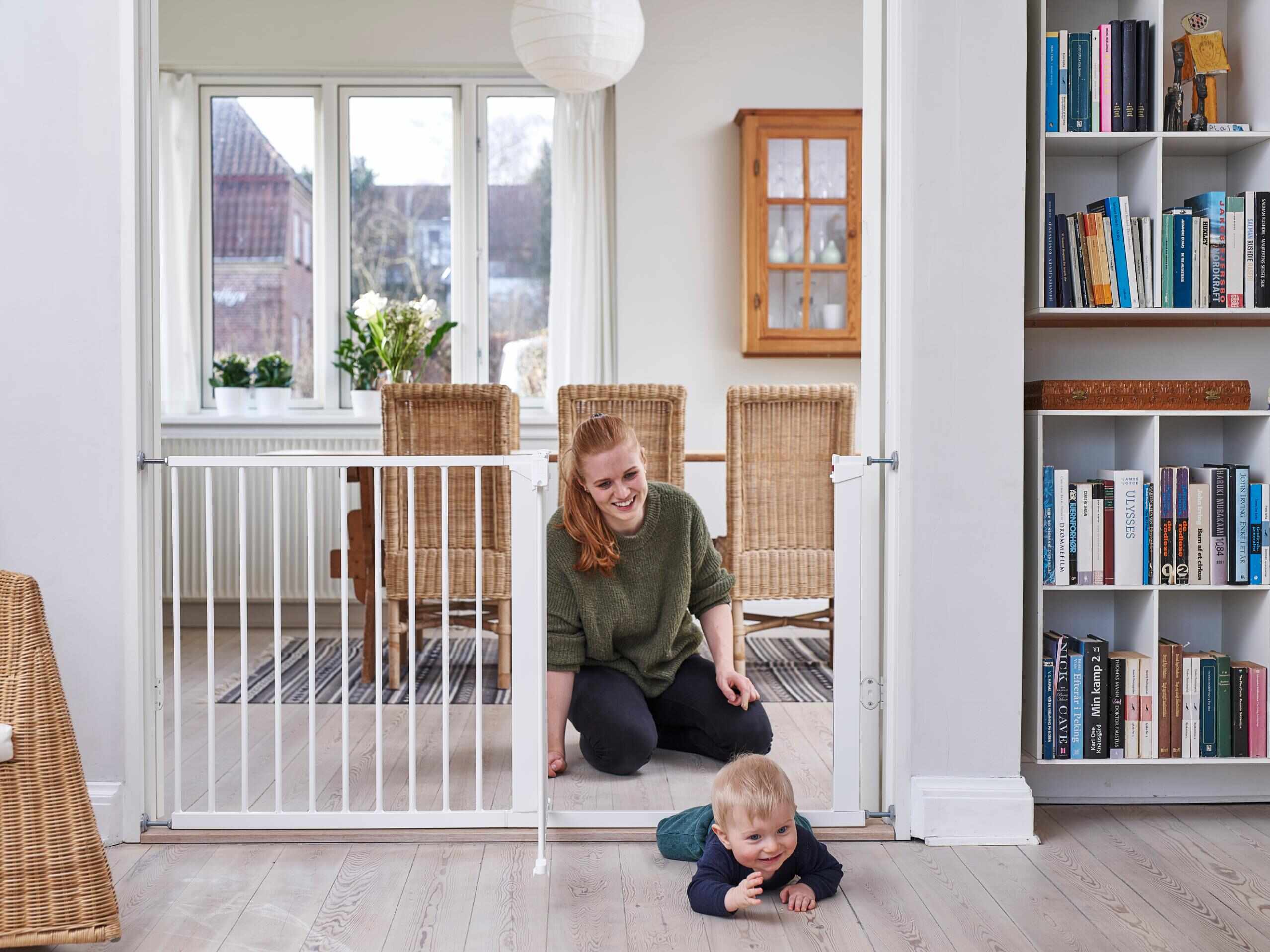
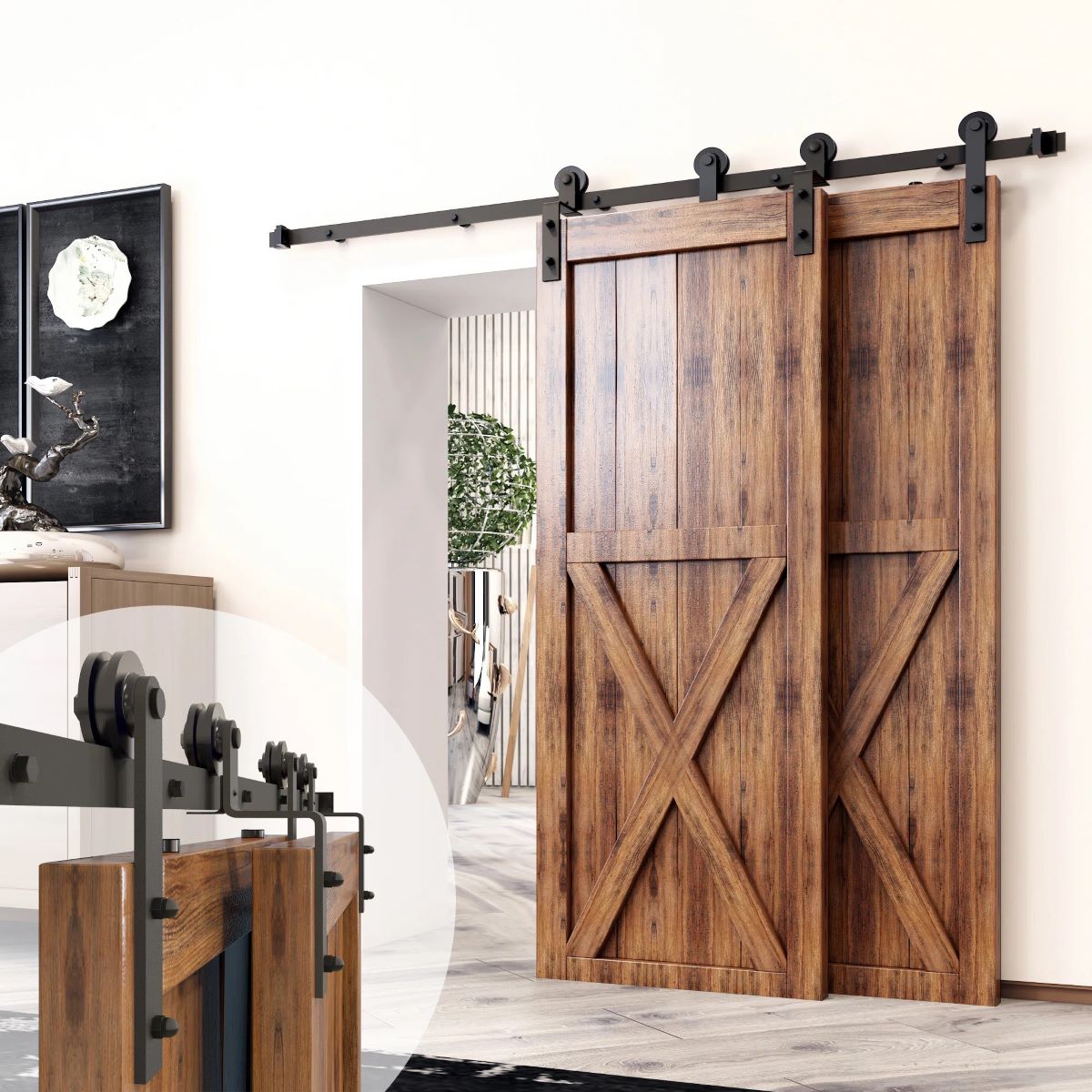
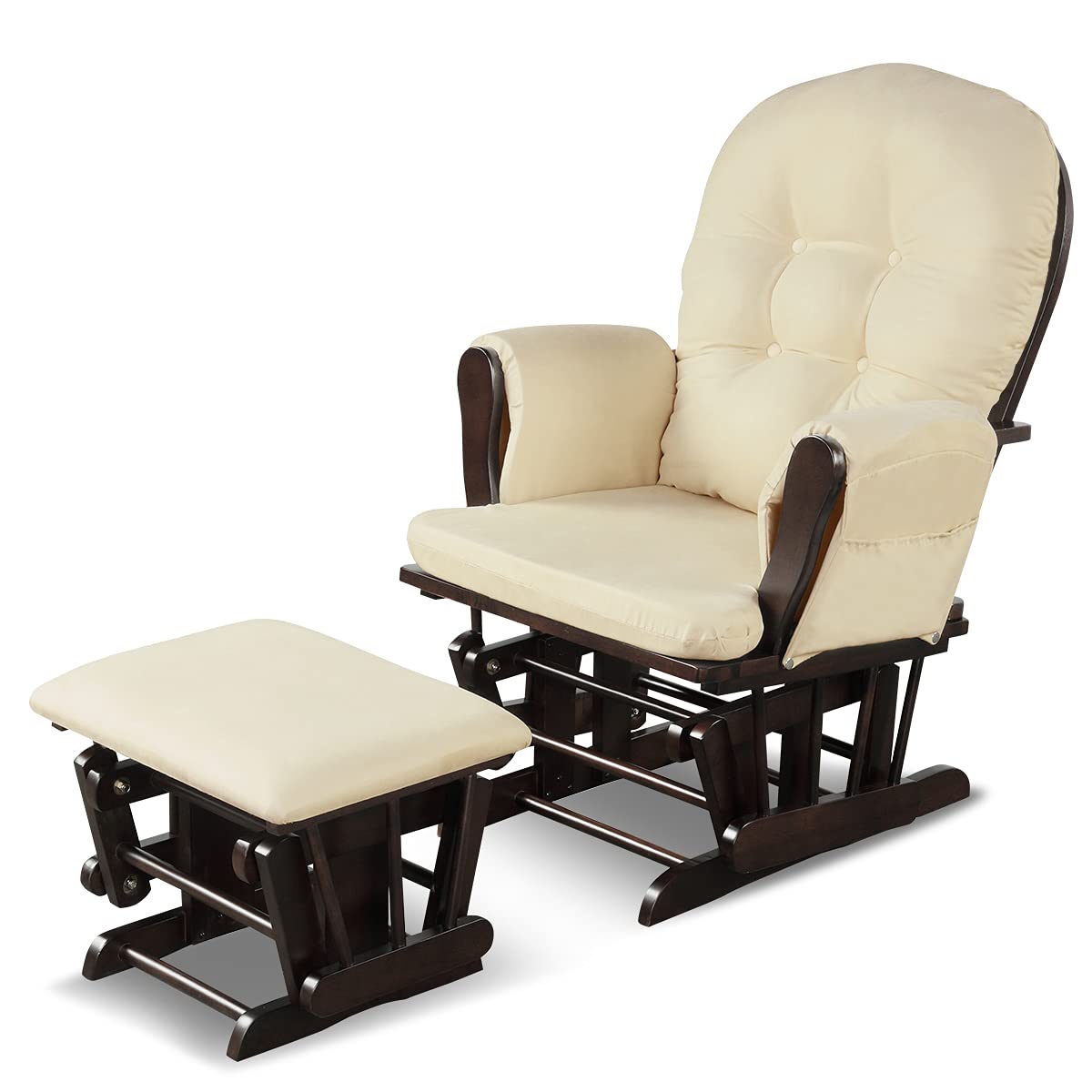
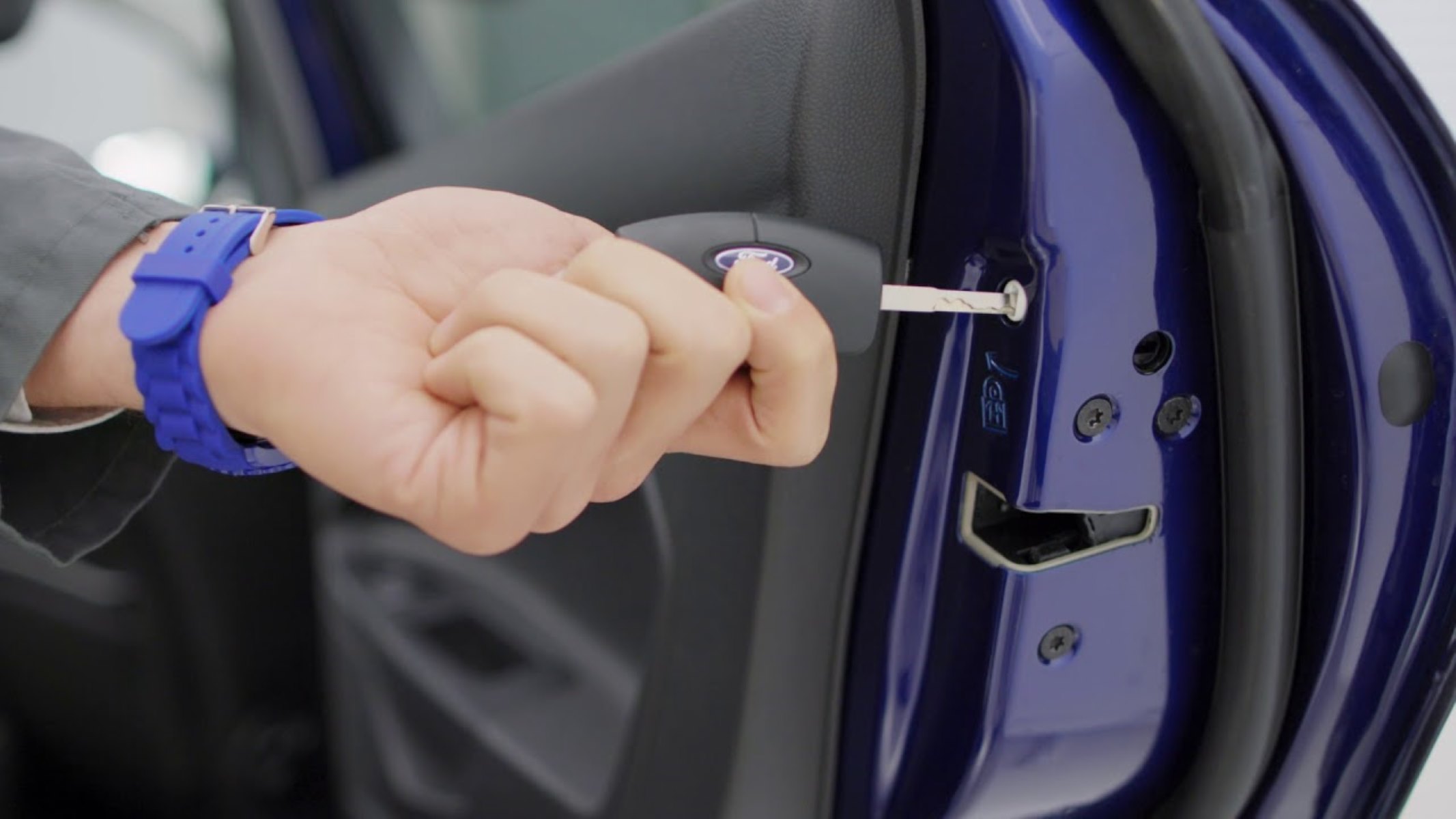

0 thoughts on “How To Childproof A Cooktop”